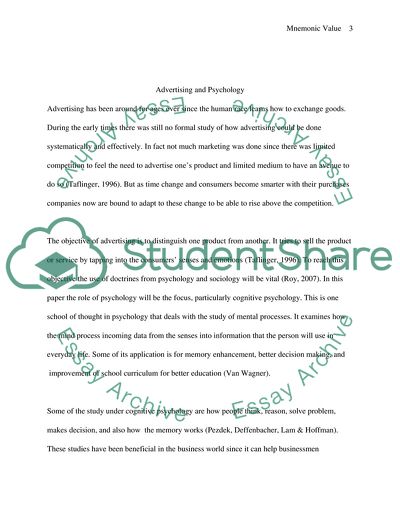Cite this document
(Cognitive Psychology in Understanding Advertisement Essay, n.d.)
Cognitive Psychology in Understanding Advertisement Essay. https://studentshare.org/psychology/1714267-mnemonic-value-of-advertisements
Cognitive Psychology in Understanding Advertisement Essay. https://studentshare.org/psychology/1714267-mnemonic-value-of-advertisements
(Cognitive Psychology in Understanding Advertisement Essay)
Cognitive Psychology in Understanding Advertisement Essay. https://studentshare.org/psychology/1714267-mnemonic-value-of-advertisements.
Cognitive Psychology in Understanding Advertisement Essay. https://studentshare.org/psychology/1714267-mnemonic-value-of-advertisements.
“Cognitive Psychology in Understanding Advertisement Essay”. https://studentshare.org/psychology/1714267-mnemonic-value-of-advertisements.


